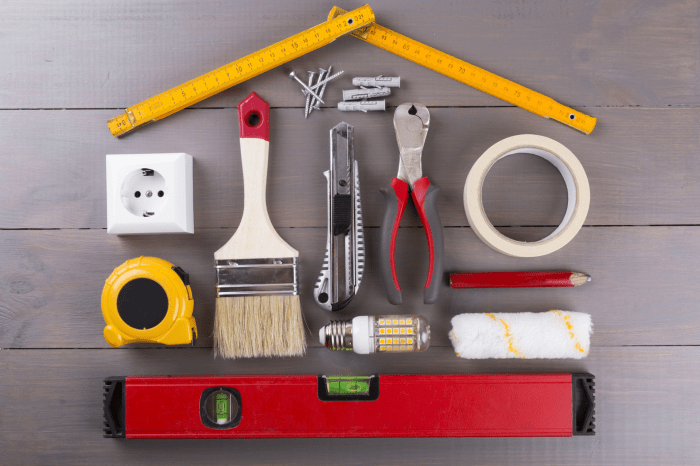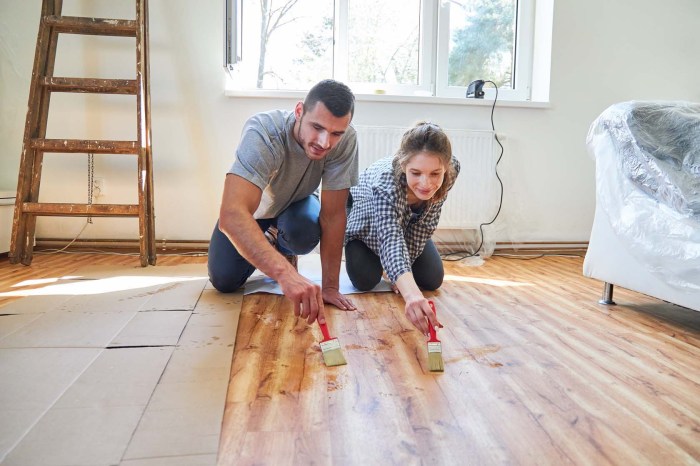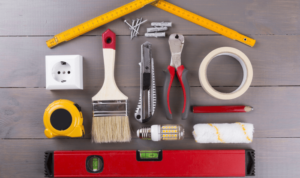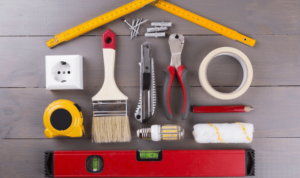DIY Home Improvement is all about transforming your living space on a budget. Get ready to dive into a world of creativity, cost-saving hacks, and the satisfaction of getting your hands dirty in this guide to revamping your home with flair.
Benefits of DIY Home Improvement

Taking on home improvement projects yourself can have numerous advantages. Not only can it save you money compared to hiring professionals, but it can also bring a sense of satisfaction and accomplishment.
Cost Savings
- DIY projects typically cost less since you don’t have to pay for labor.
- You have the flexibility to shop around for materials and choose budget-friendly options.
- Any mistakes or changes can be resolved without additional costs.
Satisfaction and Accomplishment
- Completing a DIY project successfully can boost your confidence and sense of achievement.
- You get to personalize your home according to your style and preferences.
- DIY projects allow you to learn new skills and expand your knowledge.
Popular DIY Home Improvement Projects
When it comes to home improvement projects that you can tackle yourself, there are plenty of options to choose from. Not only can these projects save you money, but they can also give you a sense of accomplishment and pride in your home.
Painting a Room
If you’re new to the DIY game, painting a room is a great place to start. Here’s a step-by-step guide to help you out:
- Choose your paint color and gather your supplies (paint, brushes, rollers, painter’s tape).
- Prepare the room by removing furniture, covering floors, and taping off trim and edges.
- Prime the walls if needed and then start painting, working from top to bottom.
- Allow the paint to dry completely before applying a second coat if necessary.
- Clean up your supplies and admire your freshly painted room!
Installing a Backsplash vs. Refinishing Hardwood Floors
While painting a room is a beginner-friendly project, there are other DIY home improvement projects that may require more skill and experience. For example:
Installing a backsplash may involve cutting tiles, applying adhesive, and grouting, which can be more challenging for beginners.
Refinishing hardwood floors requires sanding, staining, and sealing, which can be time-consuming and physically demanding.
When deciding on a project, consider your skill level, the tools required, and the time commitment involved. And remember, it’s always okay to start small and work your way up to more advanced projects as you gain confidence and experience.
Essential Tools for DIY Home Improvement
When embarking on DIY home improvement projects, having the right tools is crucial for success. Here are some essential tools every DIY enthusiast should have in their toolbox.
Basic Tools Every DIY Enthusiast Should Have:
- Hammer: A versatile tool used for driving nails, removing unwanted nails, and general construction tasks.
- Screwdriver Set: Essential for tightening or loosening screws in various sizes and types.
- Tape Measure: Helps in accurately measuring materials and ensuring precise cuts.
- Level: Ensures that surfaces, shelves, and pictures are straight and aligned correctly.
- Saw: Whether it’s a handsaw, circular saw, or miter saw, having a saw is essential for cutting wood and other materials.
The Importance of Safety Gear:
Wearing proper safety gear is crucial when engaging in DIY home improvement projects. Gloves protect your hands from cuts and splinters, goggles shield your eyes from debris, and masks prevent inhalation of harmful dust and fumes. Prioritizing safety ensures a smooth and injury-free project experience.
Benefits of Investing in Quality Tools:, DIY Home Improvement
Investing in high-quality tools may require a larger initial investment but pays off in the long run. Quality tools are more durable, provide better performance, and offer greater precision. They are also less likely to break or malfunction, saving you money on replacements in the future.
Budget-Friendly DIY Home Improvement Tips

When it comes to DIY home improvement projects, saving money on materials is essential. Here are some tips to help you stay within your budget while upgrading your space.
Repurpose and Upcycle Items
Repurposing or upcycling items is a great way to save money on home improvement projects. Instead of buying new materials, consider how you can use items you already have or find creative ways to give old items a new purpose.
- Turn old crates into shelves or storage units.
- Repaint old furniture to give it a fresh look.
- Use mason jars for storage or as decorative pieces.
Find Affordable Supplies
It’s important to shop around and compare prices when looking for affordable home improvement supplies. Here are some recommendations on where to find budget-friendly materials:
- Check out thrift stores or yard sales for unique items at a fraction of the cost.
- Visit discount home improvement stores for deals on paint, tools, and other essentials.
- Look for online marketplaces or community swap groups to find secondhand materials for your projects.










